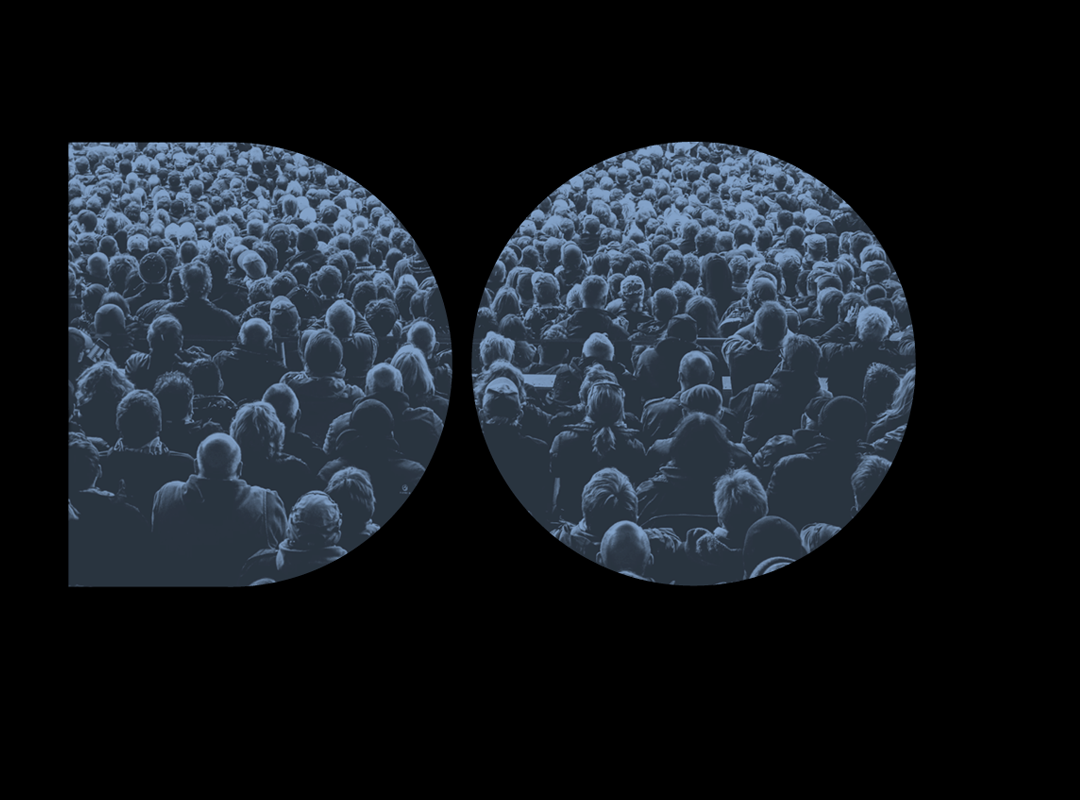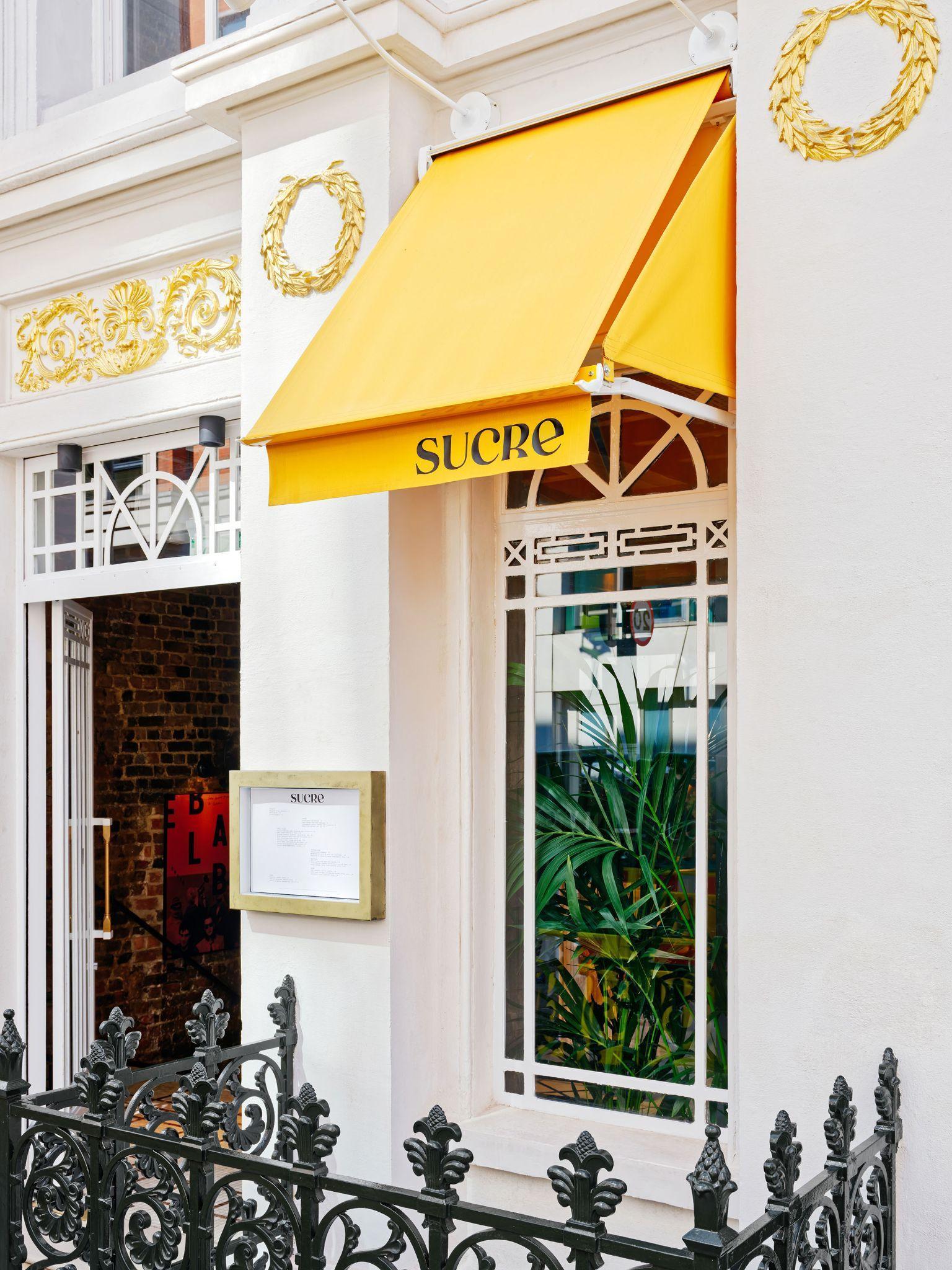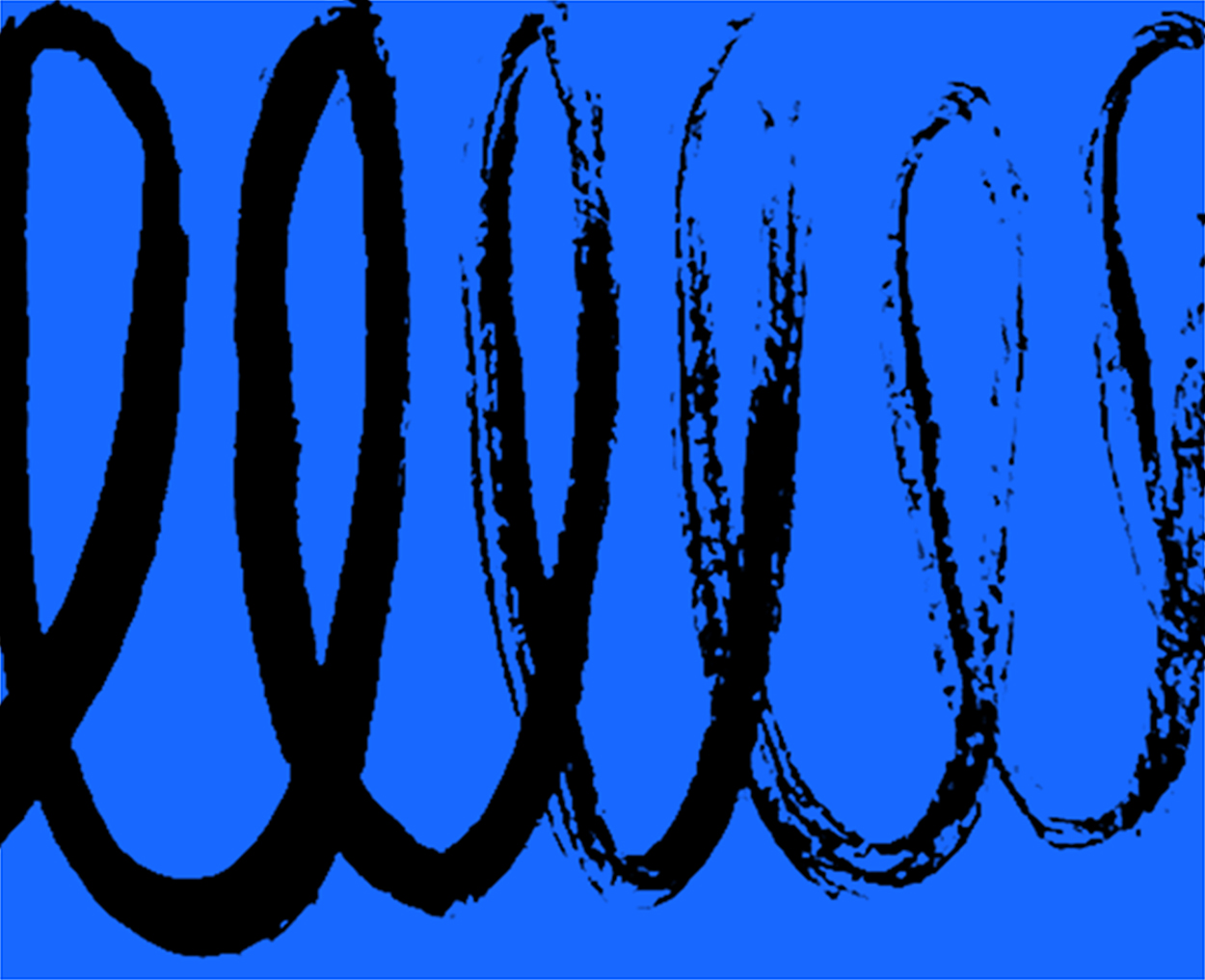
January 8, 2015
On the Front Lines of Free Expression
In France the satiric press has a history of being squelched through legal and extra-legal means. Honore Daumier, France’s greatest cartoonist, who in 1832 published an offensive, anti-government cartoon, Gargantua, was jailed for six months. “Between 1815 and 1880 about twenty French caricature journals were suppressed by the government and virtually every prominent nineteenth-century French political caricaturist either had his drawings forbidden, was prosecuted and/or was jailed,” writes censorship scholar Robert Justin Goldstein. In 1918, in the United States, contributors to The Masses were brought to trial charged with “unlawfully and willfully … obstruct[ing] the recruiting and enlistment of the United States,” owing to a Henri Glintenkamp cartoon showing a skeleton measuring a man for a coffin with the title Physically Fit. During the early twenties, cartoonist/caricaturist George Grosz endured three criminal trials for “public offense” owing to his caustic attack on the German military in his portfolio Gott mit uns. Had Grosz stayed in Nazi Germany, where there was a warrant for his arrest, his cartoons would have put him in a concentration camp.
However, murder is not expression.
Photo of Charlie Hebdo vigil in New York’s Union Square on Wednesday night by Celine Bouchez
Observed
View all
Observed
By Steven Heller
Related Posts

Business
Courtney L. McCluney, PhD|Essays
Rest as reparations: reimagining how we invest in Black women entrepreneurs

Design Impact
Seher Anand|Essays
Food branding without borders: chai, culture, and the politics of packaging

Graphic Design
Sarah Gephart|Essays
A new alphabet for a shared lived experience

Arts + Culture
Nila Rezaei|Essays
“Dear mother, I made us a seat”: a Mother’s Day tribute to the women of Iran
Recent Posts
Candace Parker & Michael C. Bush on Purpose, Leadership and Meeting the MomentCourtney L. McCluney, PhD|Essays
Rest as reparations: reimagining how we invest in Black women entrepreneurs Food branding without borders: chai, culture, and the politics of packaging Why scaling back on equity is more than risky — it’s economically irresponsibleRelated Posts

Business
Courtney L. McCluney, PhD|Essays
Rest as reparations: reimagining how we invest in Black women entrepreneurs

Design Impact
Seher Anand|Essays
Food branding without borders: chai, culture, and the politics of packaging

Graphic Design
Sarah Gephart|Essays
A new alphabet for a shared lived experience

Arts + Culture
Nila Rezaei|Essays

 Steven Heller is the co-chair (with Lita Talarico) of the School of Visual Arts MFA Design / Designer as Author + Entrepreneur program and the SVA Masters Workshop in Rome. He writes the Visuals column for the New York Times Book Review,
Steven Heller is the co-chair (with Lita Talarico) of the School of Visual Arts MFA Design / Designer as Author + Entrepreneur program and the SVA Masters Workshop in Rome. He writes the Visuals column for the New York Times Book Review,